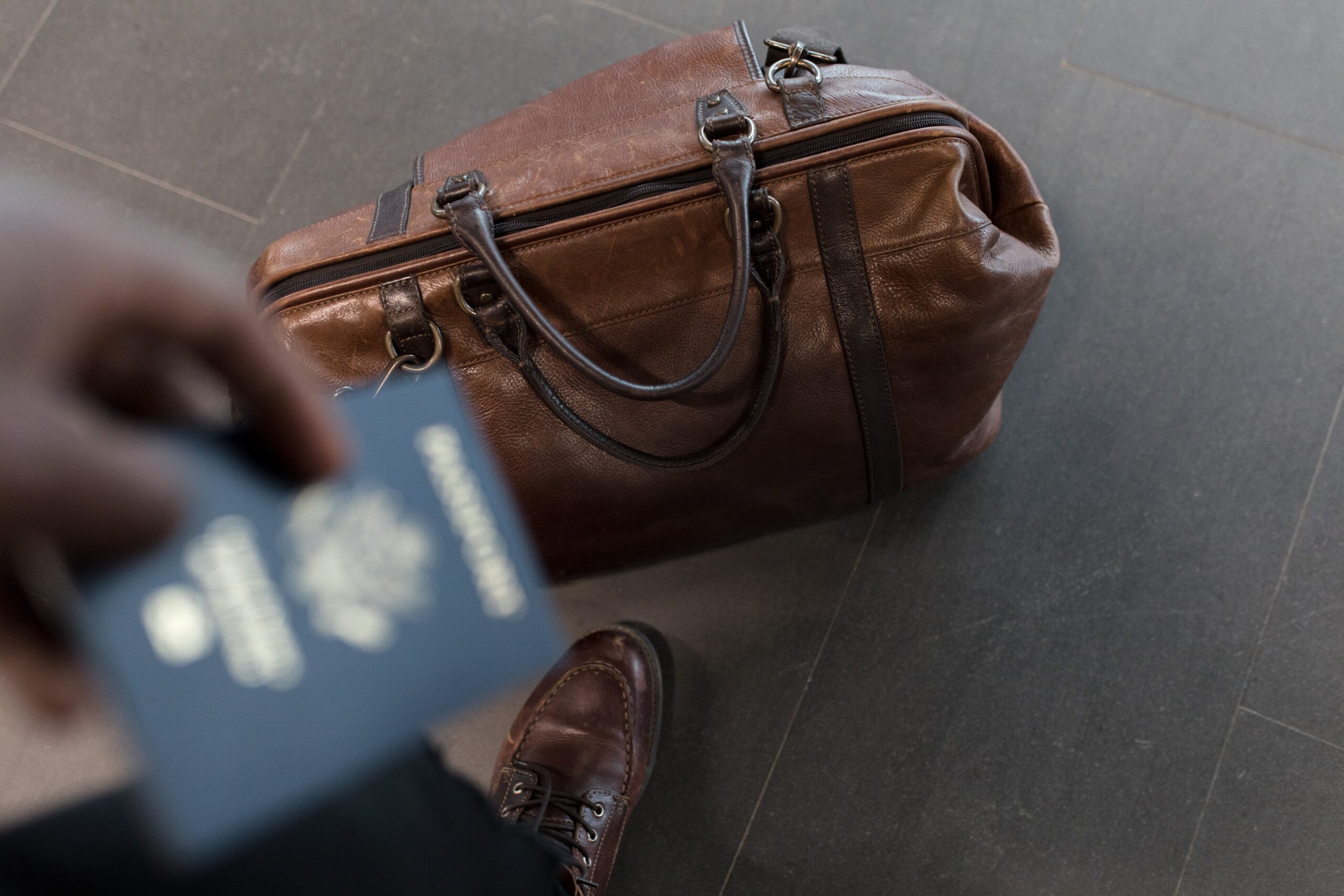Today, the federal government has announced a substantial reduction in its immigration targets. Prime Minister Justin Trudeau outlined the decision in a press conference, emphasizing the need to recalibrate Canada’s approach to immigration in the wake of unprecedented population growth and increasing pressures on public services.
The new plan targets the number of new permanent residents capped at 395,000 for 2025, down from the previous target of 500,000. The reduction is expected to extend into 2026 and 2027 as the government reassesses the balance between population growth, labor market needs, and the country’s strained resources.
Trudeau acknowledged that while the high immigration levels in recent years helped address workforce shortages and fueled economic growth, the balance between accommodating new arrivals and maintaining essential services became increasingly difficult to manage. “As we emerged from the pandemic, we faced tumultuous times, and we didn’t get the balance quite right between labor needs and maintaining population growth,” he admitted.
The new approach will focus on converting a larger share of temporary residents already in the country into permanent residents. According to Marc Miller, Minister of Immigration, Refugees, and Citizenship, over 40% of new permanent residents will come from this pool. “These individuals are young, skilled, and have already begun the integration process. They place fewer demands on housing, healthcare, and social services than those coming directly from abroad,” Miller explained.
The decision marks a significant policy shift for the Trudeau government, which had pursued record-high immigration targets up until now. Critics had voiced concerns about the strain on Canada’s infrastructure—particularly in housing, healthcare, and education—due to the country’s inadequate ability to expand these services.
Statistics Canada reports that the country experienced its fastest population growth in more than 60 years in 2023. With housing shortages and affordability concerns becoming increasingly acute, the government has faced mounting pressure to scale back its ambitious immigration plans. Trudeau defended the new strategy, saying it would “stabilize population growth and give all levels of government the time they need to make necessary investments in health care, housing, and social services.”
However, not everyone agrees with the government’s revised stance. Conservative leader Pierre Poilievre was quick to criticize the immigration cutbacks, framing them as an admission of policy failure by the Trudeau administration. “After nine years of uncontrolled immigration policies, Trudeau is now forced to admit that his government’s actions contributed to the current crises in housing, healthcare, and employment,” Poilievre said in a statement.
He further accused the government of mishandling Canada’s previously lauded immigration system, blaming Trudeau for policies that he claimed opened the doors to rampant abuse in the temporary foreign worker and international student programs. “This last-minute pre-election reversal cannot be trusted. Trudeau broke the system, and he can’t fix it now,” Poilievre asserted.
As the government implements its revised immigration strategy, the debate over how best to manage Canada’s population growth is set to continue. Advocates on both sides of the issue will closely watch how the changes impact the economy, housing affordability, and the well-being of Canadians in the years to come.

